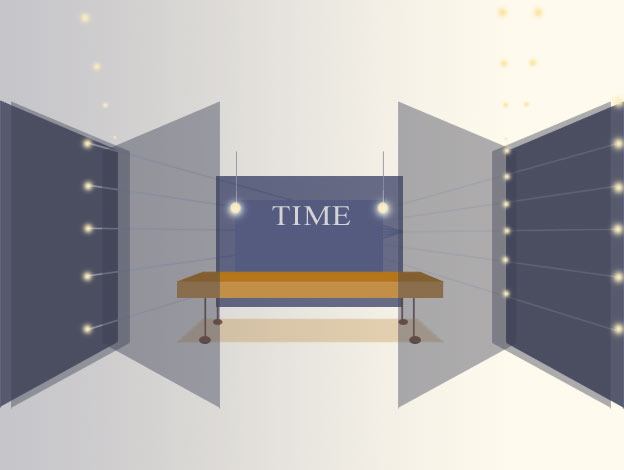TIME

Jack Beanstalk opened a shop and called it TIME. His favourite magazine was called TIME in capital letters. He wanted to sell fine watches and he couldn't think of a better name for a shop that sold watches.
Jack instructed his architect. He said, "Give me a wide entrance, four walls, a wooden table and arrange the lighting nicely. I won't have any watches on display. I'll bring them out one at a time when the customer asks."
He asked his architect a rhetorical question. "Do you know what a watch is for?" He answered. "It rules. The better the watch, the more powerful you are. So if you want to take charge of things, buy yourself a fabulous watch."
"How does that work?"asked the puzzled architect. So he explained:
My dear fellow, it rules your life. It is boss. It controls human societies. The higher one gets in rank, the more one starts to tell others where to go and what to do, in short, you take charge of their time. Orders are given. "Go there at noon and do this by tea...please." So the boss needs a big watch so he can tell everyone else how to spend his time. The workers only need a small one, just to tell when it's time for lunch and when it's time to go home. The watch is therefore a status symbol in more than one sense. In mythology, time is a naked chap with wings. He plays a thing that looks a bit like a guitar. He is supposed to make folks dance to the music of time. He never stops playing. Our only consolation is that time, as we know it, is merely a mathematical division into segments of the earth's daily rotation. That rotation is, thankfully, not controlled by any one man.